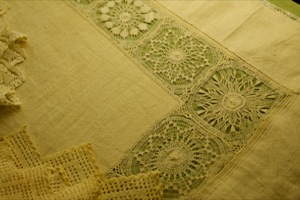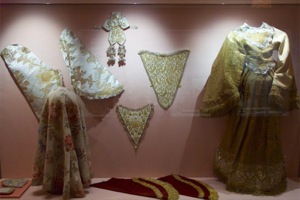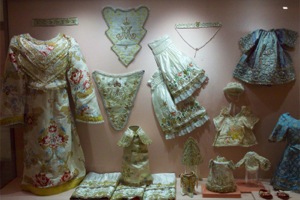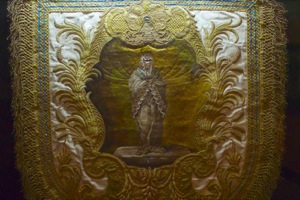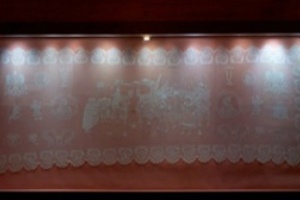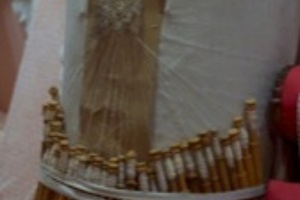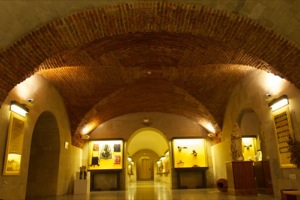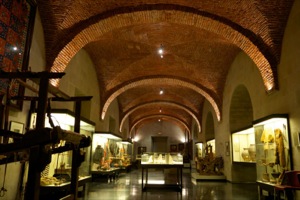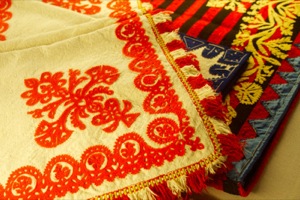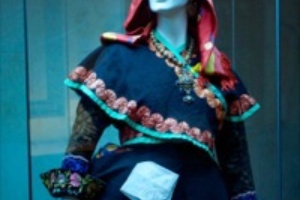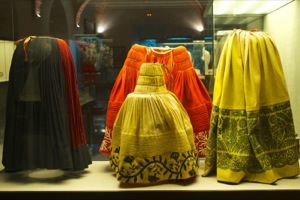Art and culture
Pérez Enciso Ethnographic Textile Museum
This was the first monographic museum dedicated to the popular culture of Cáceres
- Explore
- Museo Etnográfico Textil Pérez Enciso
A true reflection of knowledge and customs
Location and Contact:
- Contact person: Laura Tirado Garcia (Director)
- Tel.:+34 927 42 18 43
- Reservations tel. number: +34 927 42 18 43
- Fax: +34 927 42 20 02
- Email: museocstamaria@dip-caceres.es
- Opening times
WINTER (1 September to 30 June):
Wednesday-Friday: 11am-2pm and 5-8pm.
Saturday: 10am-2pm and 5-8pm.
Sundays and public holidays: 10am-2pm.
Closed on Mondays and Tuesdays.SUMMER (1 July to 31 Agosto):
Monday-Friday: 9.30am-2.30pm.
Saturday: 10am-2pm.
Closed on Sundays and public holidays.CLOSED: January 1st and 6th; May 1st; September 8th; October 19th; December 24th, 25th and 31st.
- Fee
Free admission
-
This was the first monographic museum dedicated to the popular culture of Cáceres
The Pérez Enciso is Extremadura's first ethnographic and anthropological museum. It was founded in 1984 mainly with items provided by Pedro Pérez Enciso, from Plasencia. The collection, which is named after him, includes over 5,000 pieces which will give you an in-depth understanding of the traditions of Cáceres.
Room 1 covers everything to do with the textile process. Here you will find utensils such as spinning wheels, looms or carding machines and their use in the manufacture of such pieces as saddlebags, sacks and jackets. You will also find on show farm implements, weights and scales, wooden chests and trunks, Guadalupe pottery or copper vessels and shepherds' garments, the highlight of which are the traditionally produced leather chaps from Malpartida in Plasencia.
You're bound to love the folk costumes from Montehermoso, Cabezabellosa and Torrejoncillo displayed in Room 2. By the way, the typical Montehermoso women's costume is the only one which has preserved the distinctive straw hat with or without a mirror.
In Room 3 you'll find a collection of homemade linen articles used in different ceremonies. You really shouldn't leave this room without taking a look at the collection of lacework: Needle lace, bobbin lace and knotted lace. They are true works of art created by the hands of the women of Plasencia.
And finally, Room 4 dedicated to the so-called scholarly textiles, that is, garments made from fine thread, damask, brocade, silk satin, velvet, gold and silver lace, etc. all created for ecclesiastical use and for courtiers.
-
- Origin:
-
- 18th century
- Construction:
-
- Public building
- Art period:
-
- 19th century
- 20th century
- 21st century
- Period in history:
-
- 19th century
- 15th century
- 16th century
- 17th century
- 18th century
- 20th century
- 21st century
- Name:
-
- Provincial museum
Accessibility:
- Disabled access
- Admits guide dogs
- Guide for disabled people
- Accessible facilities and common areas
- Adapted educational materials
- Access ramps
- Toilet with disabled access
- Toilet for disabled people in common areas
- Toilet with support rails
Services:
- Facilities for Disabled
- Guided Tours
Theme:
- Art and culture
Gallery:
More suggestions
-
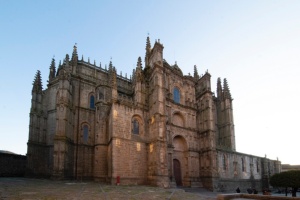
Plasencia Cathedral
Plasencia Cathedral is one of the city's most popular architectural landmarks and is actually made up of two cathedrals: the old cathedral and the new cathedral.
-
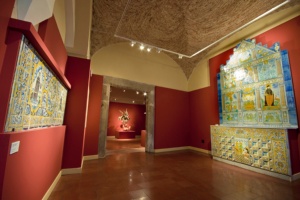
Plasencia Cathedral Museum
The quiet cloister of the cathedral houses some of the most important works in this museum
-
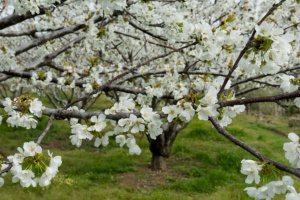
Jerte Valley and La Vera
One of the lushest areas in the region, whose beauty peaks in springtime. A pleasure in all senses.
-
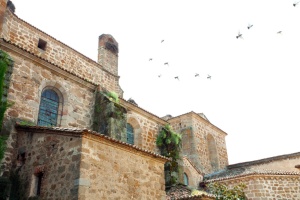
Plasencia and El Cachón Lesser Kestrel Colonies SPA
Kestrels come here above all in winter, during breeding season.
-
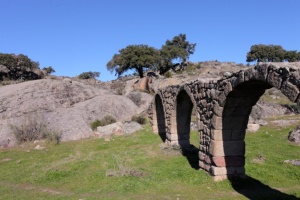
Monte Valcorchero
With its impressive cork oaks and unique granite outcrops, Valcorchero is a special place
-
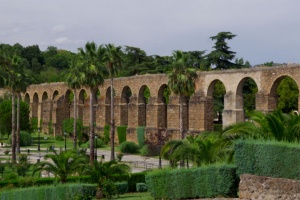
Plasencia — where culture and nature go hand in hand
The historical heritage of Plasencia holds its own in terms of the cultural interest of the other towns and cities of Extremadura, but with the added attraction of its parks.
-
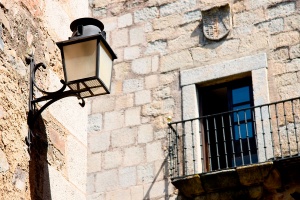
Malpartida de Plasencia
-
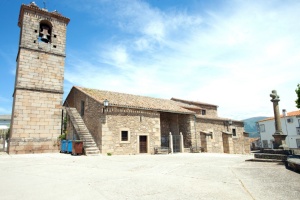
Oliva de Plasencia
This municipality lies in the north of Cáceres province, within the community of municipalities known as Trasierra-Tierras de Granadilla and bordered by the districts of Las Hurdes, Sierra de Gata and Valle de Ambro


